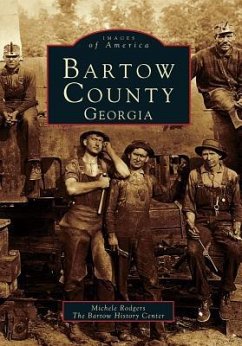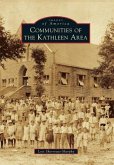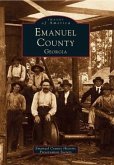Bartow County has a history as intriguing as it is long. This beautiful part of northwest Georgia developed rapidly after 1838, when the Cherokee were removed along the "Trail of Tears" and settlers poured in from Virginia and the Carolinas. The energy of these settlers, combined with the arrival of the railroad, made Bartow a proud and prosperous county by the mid-nineteenth century. This was not to last: the War between the States turned life upside down, and at the close of this great conflict in 1865, the county bore almost no resemblance to the successful place it had been just a few years before. These tumultuous years also saw the development of photography, and the photographers that recorded life in Bartow County from the Reconstruction era to the 1960s were unknowingly creating images that are treasured today as uniquely accessible historical documents.
Hinweis: Dieser Artikel kann nur an eine deutsche Lieferadresse ausgeliefert werden.
Hinweis: Dieser Artikel kann nur an eine deutsche Lieferadresse ausgeliefert werden.








